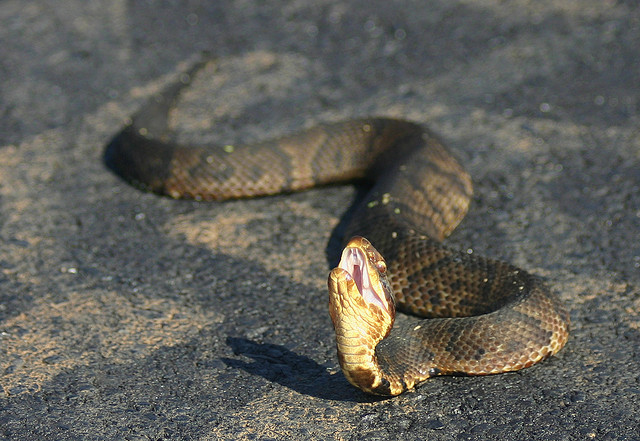

↑ Crystal Kolden, Associate Professor at the College of Natural Resources at the University of Idaho
I used to fight wildfires with the Forest Service in California, but now I study them. Often, ignition is straightforward: Humans set fires while doing something not so smart. But some infernos have other causes.
While I was in grad school in Nevada, I was puzzling over how flames start in sagebrush, a plant much smaller and less dense than a tree. Scientists know lightning is the culprit, but the exact mechanism is a matter of debate.
One clear day in 2005, I was out hiking in the Santa Rosa Range. I noticed a giant dark cloud moving in, and I hightailed it out of there; you don’t want to be the tallest thing on a mountain in a lightning storm. Just as I got back to the car, the wind hit. I started driving out to the highway, and all of a sudden, a mile ahead of me, this bolt of lightning reached down and exploded a sagebrush. At first, I was terrified, but my second thought was, Oh my gosh, that’s how a sagebrush fire starts!
That feeling quickly turned back into terror—the winds were now blowing the flames into a blaze that threatened to cut off the road to the highway. My heart was pounding as I hit the gas and got out of there, the inferno growing in my rearview mirror.
This experience is one of the reasons I love what I do. Unlike scientists who stick to laboratory or theoretical work, I get to see how things like this operate in the real world.
As told to Mary Beth Griggs and Rachel Nuwer
This article was originally published in the Winter 2018 Danger issue of Popular Science.







